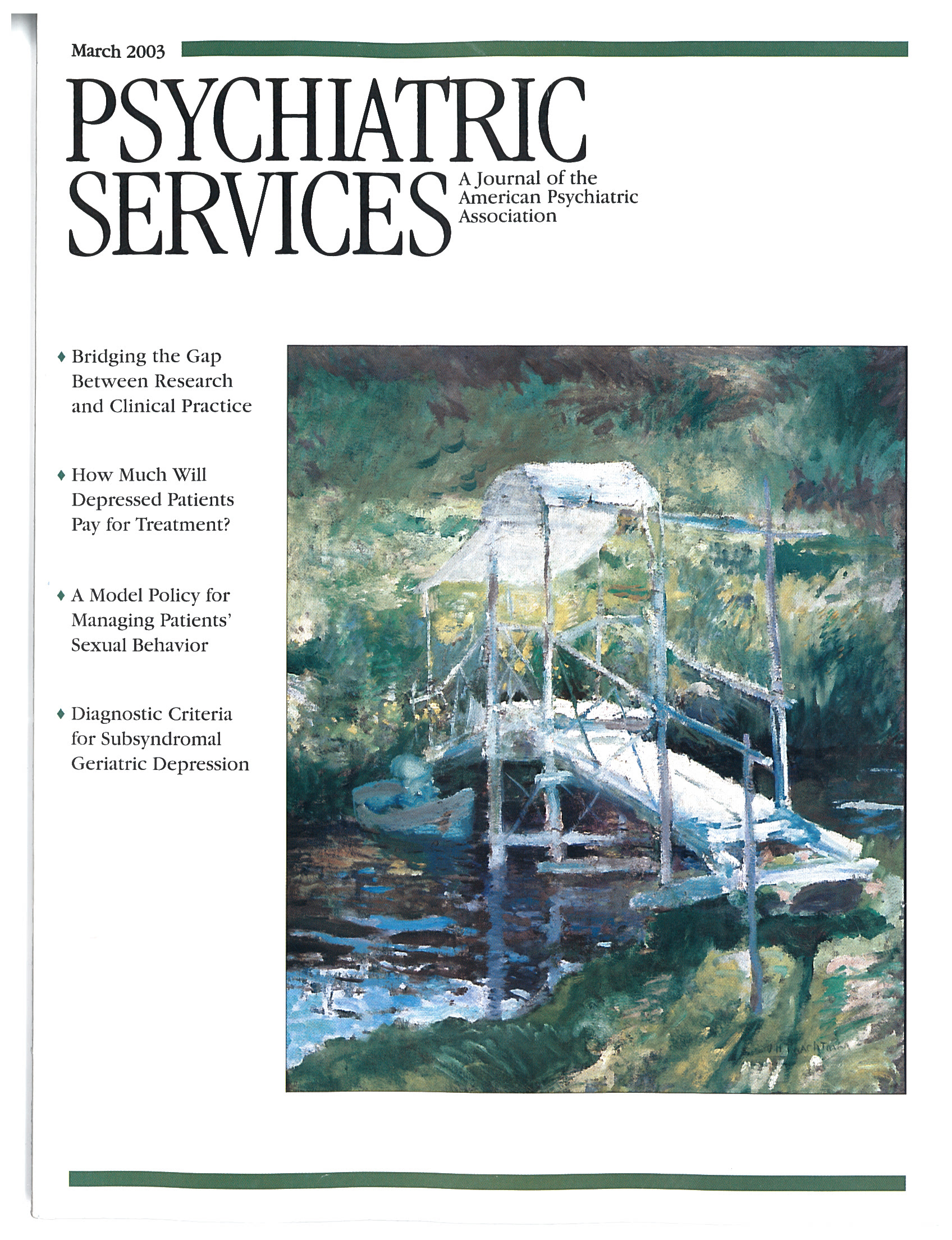In Addiction and Trauma Recovery: Healing the Mind, Body, and Spirit, authors Dusty Miller and Laurie Guidry have combined trauma theory and practical guidelines to create a comprehensive and accessible manual for guiding the recovery of individuals who have survived sexual, physical, or emotional abuse. This manual is intended to facilitate a 12-session group model of recovery, but it can also be used by individual consumers on their own or in conjunction with a professional or paraprofessional helper.
In their introductory chapter, the authors establish the essential theoretical rationale for their model. Drawing on work previously done by Miller, the authors rely on trauma reenactment theory to develop their treatment model. This theory asserts that survivors tell the stories of their abuse through a series of current self-damaging behaviors, such as drug and alcohol addiction, anorexia, bulimia, self-injuries, somatic complaints, body-based illnesses, and abusive relationships. The treatment approach, known as ATRIUM (addiction and trauma recovery integration model), understands all these self-harming behaviors as the "best way" available to a trauma survivor to express the dynamics of the traumatic experience.
Miller and Guidry articulate a recovery model that is not merely limited to the mind and the body but includes the spirit as well. Aware of the power of spiritual healing in addiction recovery, the authors focus on spiritual reconnection as a critical part of recovery. Fully one fourth of the 12-session intervention is devoted to what the authors call the "inner circle," or the spiritual domain, of recovery. These sessions address issues of disconnection and isolation and guide a survivor's reconnection to others, to the nonhuman environment, and to a protective presence that may or may not be merged with a specific religious or spiritual tradition.
The manual is well organized into 12 recovery sessions. Each session follows a very user-friendly format that includes an overview of the session and its relevance to recovery as well as goals and checklists for both group leaders and consumers, didactic material to be used in the session, an experiential exercise that complements the more cognitive material, hints for group leaders, and handouts for group members. The didactic material is especially useful, because it gives enough guidance to ensure uniformity of presentation for group leaders with different levels of training and background. The material presented is also sufficiently rich without being complicated or overly pedantic. Consumers can go back to the material presented in each session several times and get new levels of understanding each time. In summary, this is a very thoughtful and clinically compelling book.

